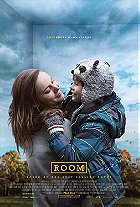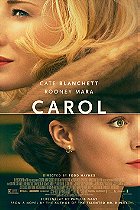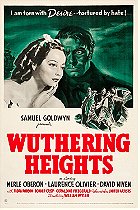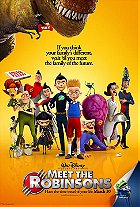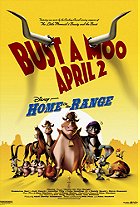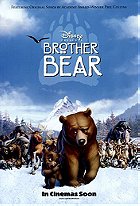Something of a toothless The Wolf of Wall Street, The Big Short wants to play the 2007 – 2008 financial crises as something a long-con heist film, but we already know how it works out. It also wants to be a satirical jab at the entire thing, but halfway through veers into serious dramaturgy. There’s lots of energy, and a series of collaged images that stretch back through time to explain the society we’re living in that wrought these irresponsible capitalistic practices, yet one cannot shake the feeling that it’s missing something.
Maybe it’s that the film presents itself mostly as a series of disparate personality types stumbling onto something that was right in front of everyone all along. Steve Carrell is a socially awkward, aloof man with a negative percentile bullshit tolerance, and a desperate need to be right. Ryan Gosling reprises his role from Crazy, Stupid, Love, but plays it for maximum smarm and no heartfelt redemption arc. Christian Bale tries to give his character an inner life, but is undone by a series of quirks – a glass eye, his character’s inability to socialize – that provide most of the character development. Finn Wittrock and John Magaro as adorably naïve and giddy boys trying to get a seat at the adult’s table, with Brad Pitt’s neurotic acting as their guide and sage advisor.
Throw in random cameos from Margot Robbie in a bathtub, Anthony Bourdain in a kitchen, Selena Gomez and Richard Thaler playing blackjack, and have each of them explain complicated, labyrinthine banking procedures, and The Big Short seems more interested in creating a lot of noise and not a lot of substance. This shouldn’t be too surprising, as director Adam McKay films banking offices and sterile buildings with all the excitement and juice of an action film.
Numerous sequences feature lots of bells and whistles, at the expense of the dialog pouring out of the character’s mouths. Sometimes, being a good director is knowing when to keep the camera still and letting your actors delivery massive amounts of exposition with coherence. Randomly focusing in and out of the frame, our panning, cutting, splicing and dicing to the point of visual noise while complicated concepts are being explained is just poor decision making.
When the film stops spinning long enough to give us a quiet moment of contemplation or reflection, it stands out in marked contrast to everything whirling around it. It’s not that The Big Short is bad, because it’s not. It’s enjoyable, but with subject matter this juicy, and a cast this loaded with talent, it is frustrating that it isn’t better. Somewhere along the way someone decided that they didn’t have faith in the material to stand on its own, or on the audience to synthesize the information dumps, so they included everything they could think of to thrown in. Look at the shining objects while we explain tough things!
There’s too much that’s good to completely write off The Big Short, but there’s not enough here to explain its presence in the Oscar races for Picture, Director, and Supporting Actor (sorry Bale, I love you, but you’ve been better elsewhere, and no one in the ensemble really stands out). Everything in it feels slightly mechanical, and we can see how everything is going to work out and where it is headed. But props to the film for being one of the better ones to explain and wrestle with depicting the modern financial crisis.
 Login
Login
 Home
Home 95 Lists
95 Lists 1531 Reviews
1531 Reviews Collections
Collections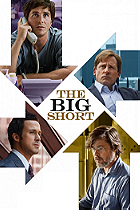
 0 comments,
0 comments, 